These are the perfect settings for the softest laundry – how laundry pros fine-tune their appliances for each fabric
These appliance settings ensure the softest results
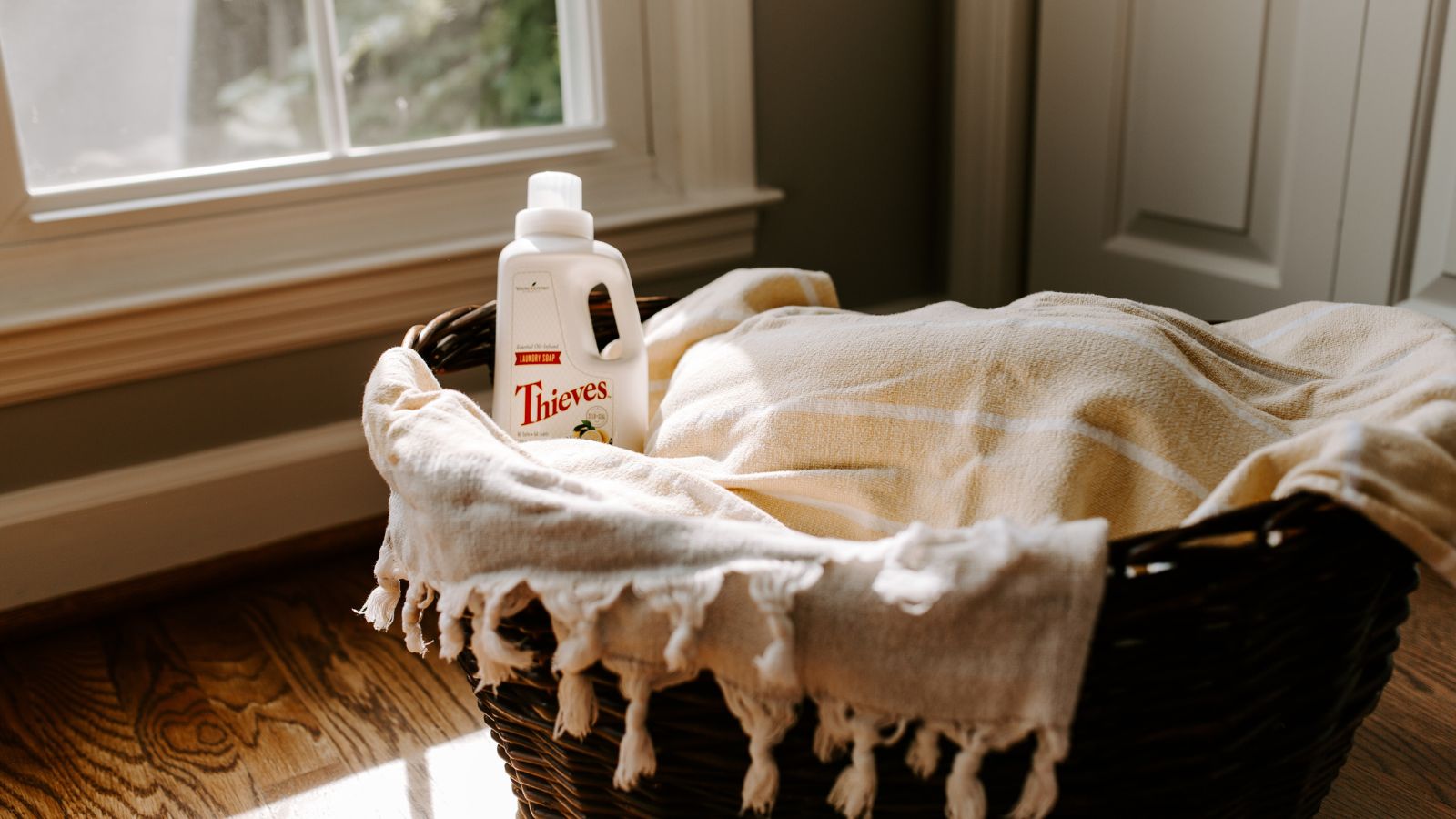

We all want super-soft laundry. While we often pile in the products, it’s actually the washer and dryer settings that make the biggest difference.
From wool to denim, choosing the right cycle lengths, temperatures, and spin speeds can transform your laundry from scratchy to super-soft.
Here, cleaning and laundry experts share their tips on the best dryer and washing machine settings to use for perfect, enviable results every time.
Which washer and dryer settings to use for maximum softness
For cotton, wool, bedding, and towels

Getting your laundry settings right can turn fabrics from stiff and scratchy to soft and luxurious.
To achieve that soft, fluffy feel when doing laundry with soft fabrics like cotton and wool, you'll want to opt for a warm water setting, on a gentle or normal cycle.
Rechelle Balanzat, founder and CEO of Juliette advises, 'Warm water helps remove dirt while preventing stiffness, ensuring a thorough clean without weakening fibers, while a gentle cycle prevents pilling, especially when washing bed sheets, caring for cotton, and washing towels,' swerving any disastrous laundry mistakes.
When the goal is softness (especially when making towels soft again), the trick is to avoid fabric softener. Despite the name, Rechelle explains that it often coats the fibers and reduces absorbency. Instead, wash towels with white vinegar, such as the Great Value Distilled White Vinegar available at Walmart, to restore softness.
Similarly, to soften bedding, use baking soda in laundry, for fresh, fluffy results.
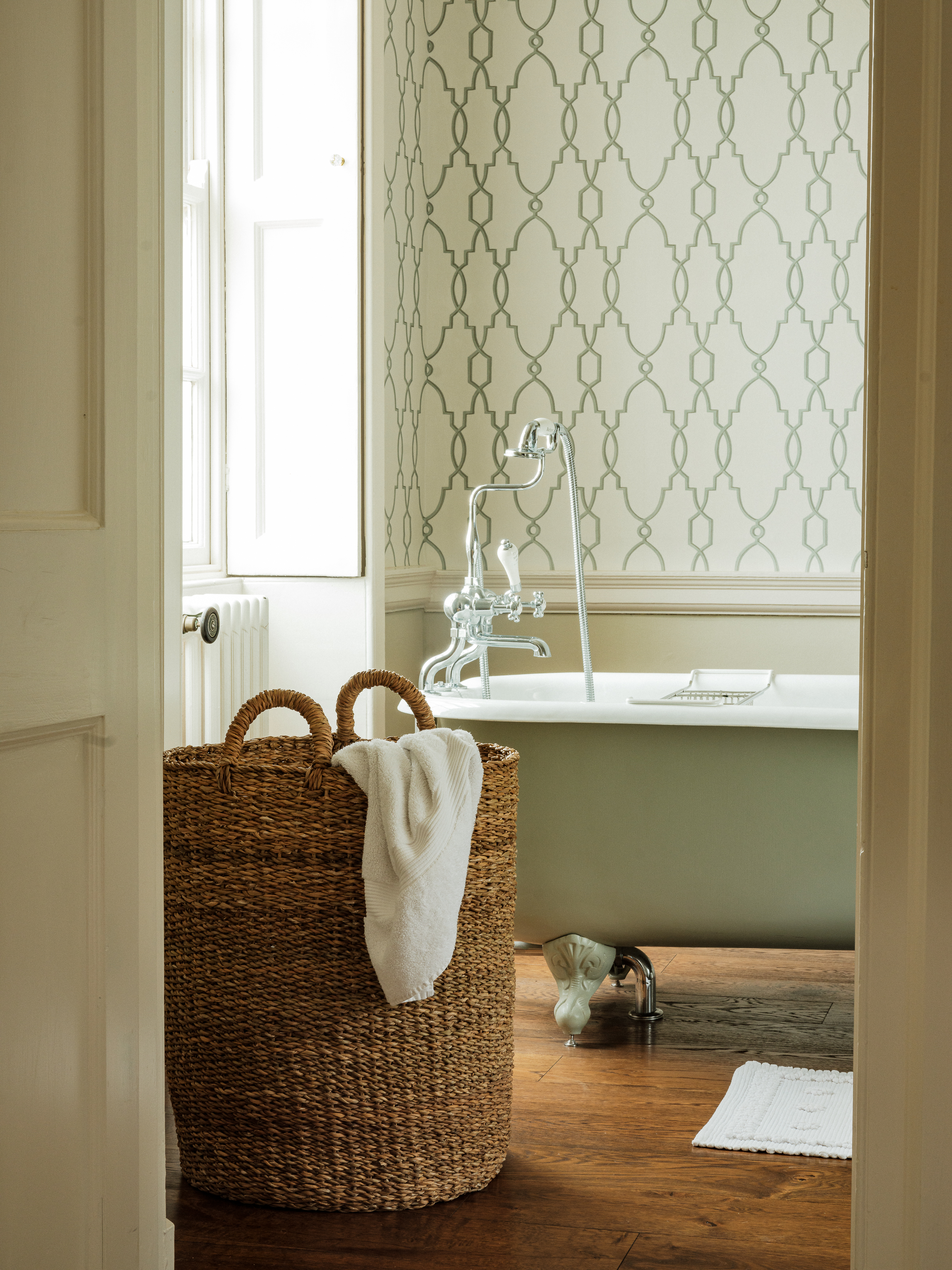
If in doubt, hand-washing is the safest approach.
It might seem surprising, but selecting the correct tumble dryer temperature is just as important as your washing machine when it comes to achieving maximum softness. Again, they differ depending on the fabric.
For cotton, bedding, and towels, laundry expert Rechelle recommends using a low to medium heat, as 'lower dryer heat prevents overdrying, which can make fabric rough.'
You may also want to consider the air dry or air fluff setting on your dryer if your model has one.
Petya Holevich, laundry and textile care expert at Fantastic Services explains, 'The air dry or air fluff setting uses room-temperature air to fluff up the fabrics. You can even use it after simply air-drying your laundry to soften the fabrics or pair it with wool or plastic dryer balls to increase the dryer's performance.' We like the Cleancult Dryer Balls available at Walmart.
Petya continues, 'They gently beat the fabric to separate the layers, which is an ideal way to loosen fibers and leave your clothes feeling softer.'
If you are concerned about damaging soft items in the washing machine, consider hand washing clothes, with a gentle detergent such as the Woolite Delicates Hypoallergenic Liquid Laundry Detergent available at Walmart. Alternatively, a professional laundrette will be able to care for delicate garments for you.
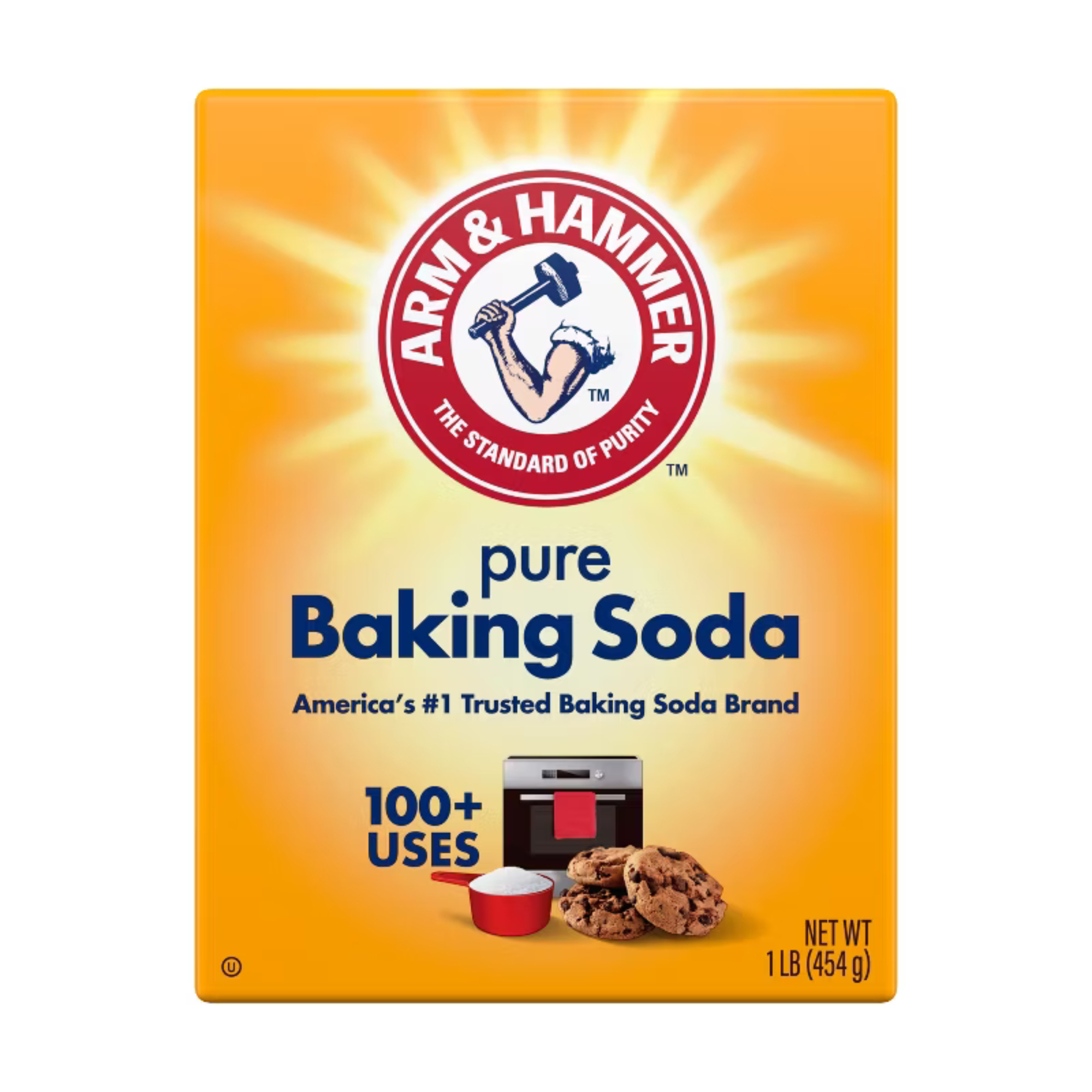
This pure and natural home hero can be used for cooking, cleaning and deodorizing, with 100s of uses.
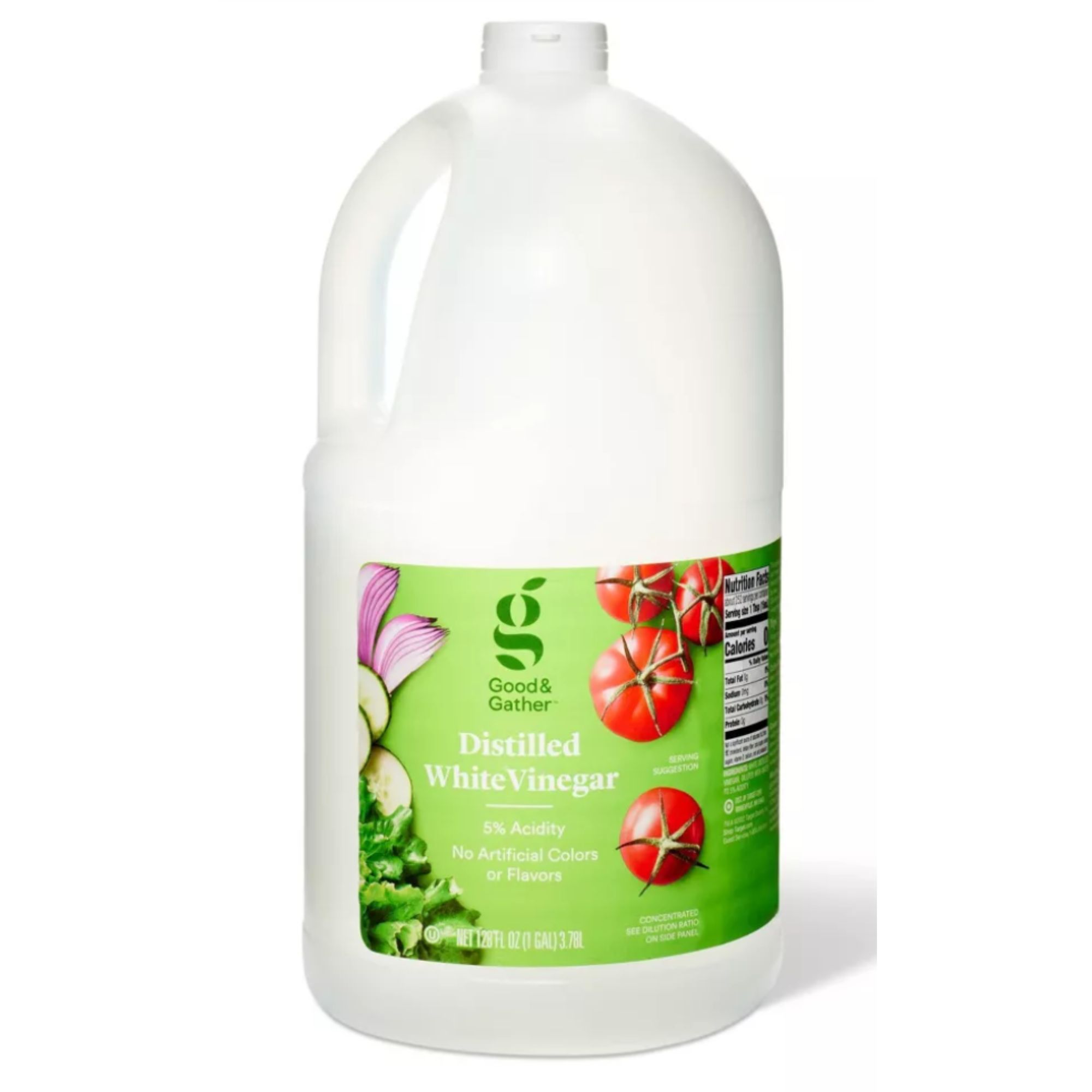
Vinegar isn't just great for laundry. In fact, you can clean with vinegar all around your home, to sanitize surfaces and eliminate odors.

Powerfully fighting odors, blasting away stains and boosting freshness, this liquid laundry detergent has over 22,000 five star reviews, with one bottle enough to successfully tackle 128 medium loads of laundry.
For linen, denim, silk, and athleisure

The settings you choose on your tumble-dryer are just as important when trying to achieve maximum softness.
Conversely, there are several items you should never wash in hot water to keep them soft and comfortable: namely denim, delicates, and athletic wear.
For example, Rechelle explains that when washing jeans and other denim items, linen, or activewear, cold water prevents stiffness and shrinkage, while the delicate setting on a washing machine reduces wear. The same applies when washing woolly sweaters.
This is another example of a time you should never use fabric softener, Rechelle adds. To soften denim, you can add a little hair conditioner to the rinse cycle, and to keep activewear soft and stretchy, use a specifically designed detergent, such as HEX Performance Laundry Detergent available at Amazon, or Nathan Power Wash Clear available at Walmart.
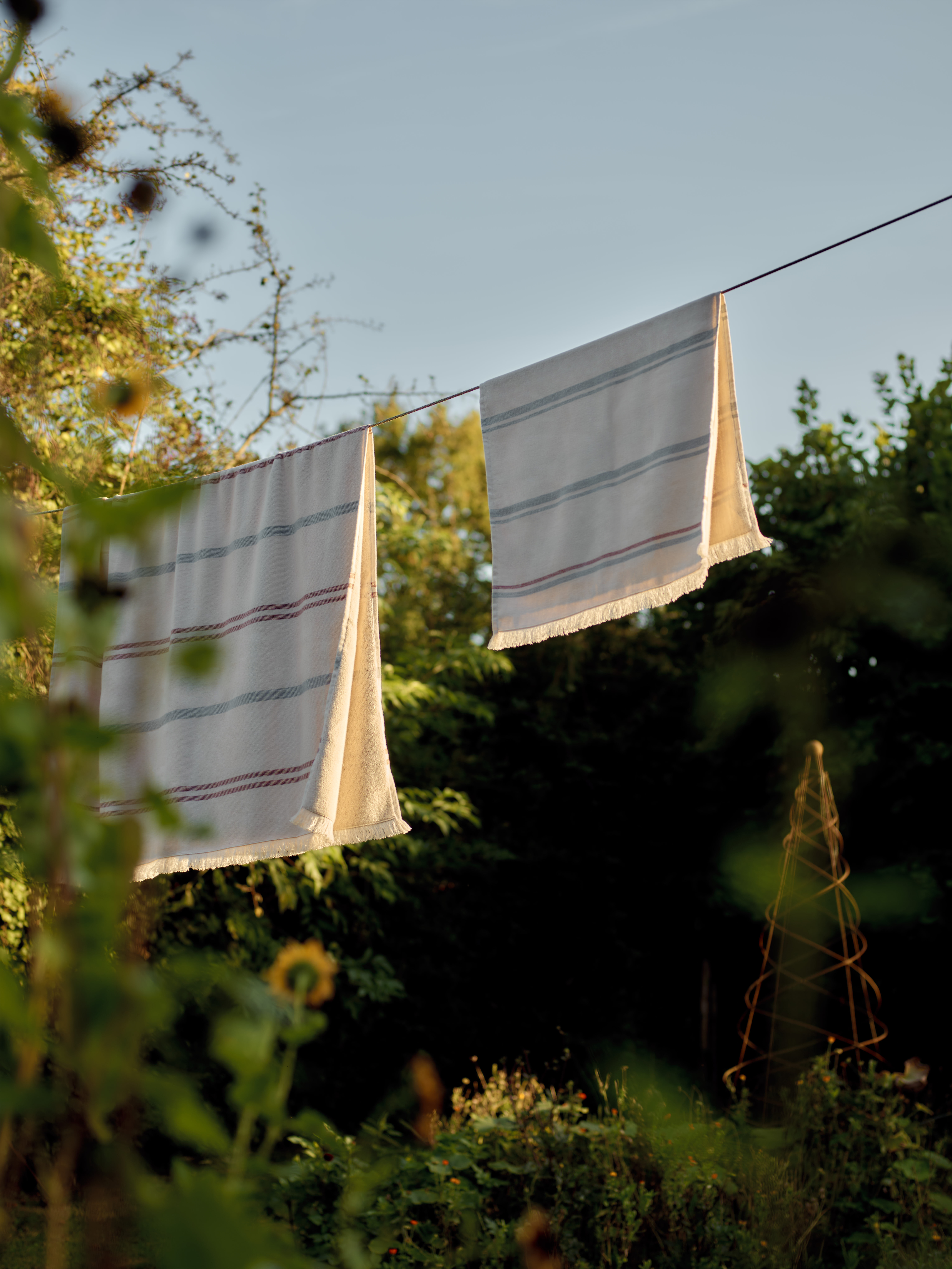
Line drying offers a whole host of benefits, from fresh scents to lower energy bills.
When it comes to drying specialty fabrics such as denim, athletic wear, and delicates, like silk and lingerie, it is best to leave the tumble dryer behind, opting for the benefits of air-drying laundry instead.
Laundry expert Tom Ceconi, president of Heritage Park Laundry Essentials warns, 'Do not put these items in the dryer; hang them to dry indoors or outside. The heat of the dryer will damage fibers and cause shrinkage.'
Importantly, though, Tom adds that you should never dry silk or wool in direct sunlight, as, while providing softness, may cause fading and discoloration.

A dehumidifier near your clothes drying rack can help speed up drying laundry inside while reducing indoor humidity to prevent the growth of mold.
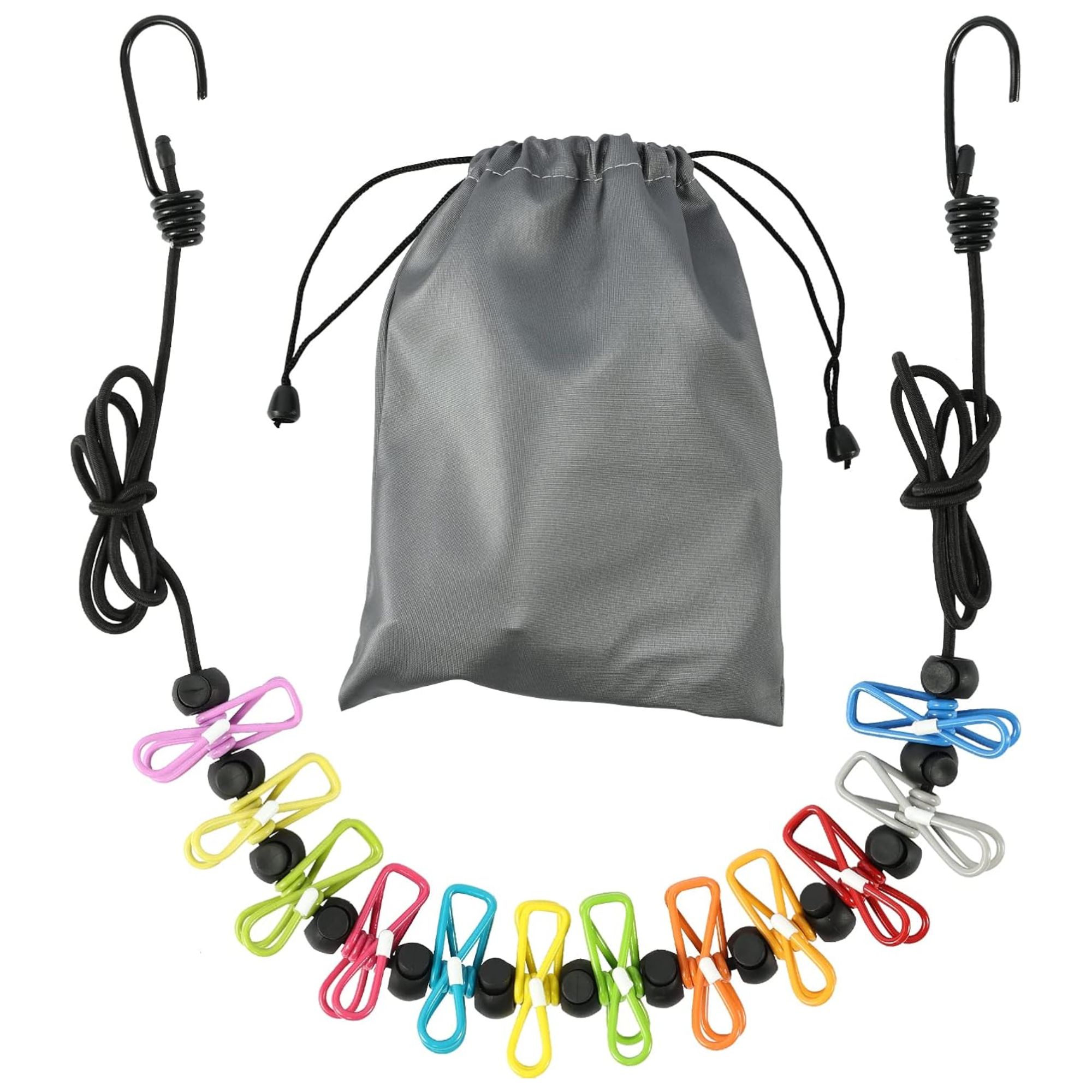
If you don't have a permanent clothesline for air-drying items, this portable option stretches up to 12 feet, with 13 windproof clips.
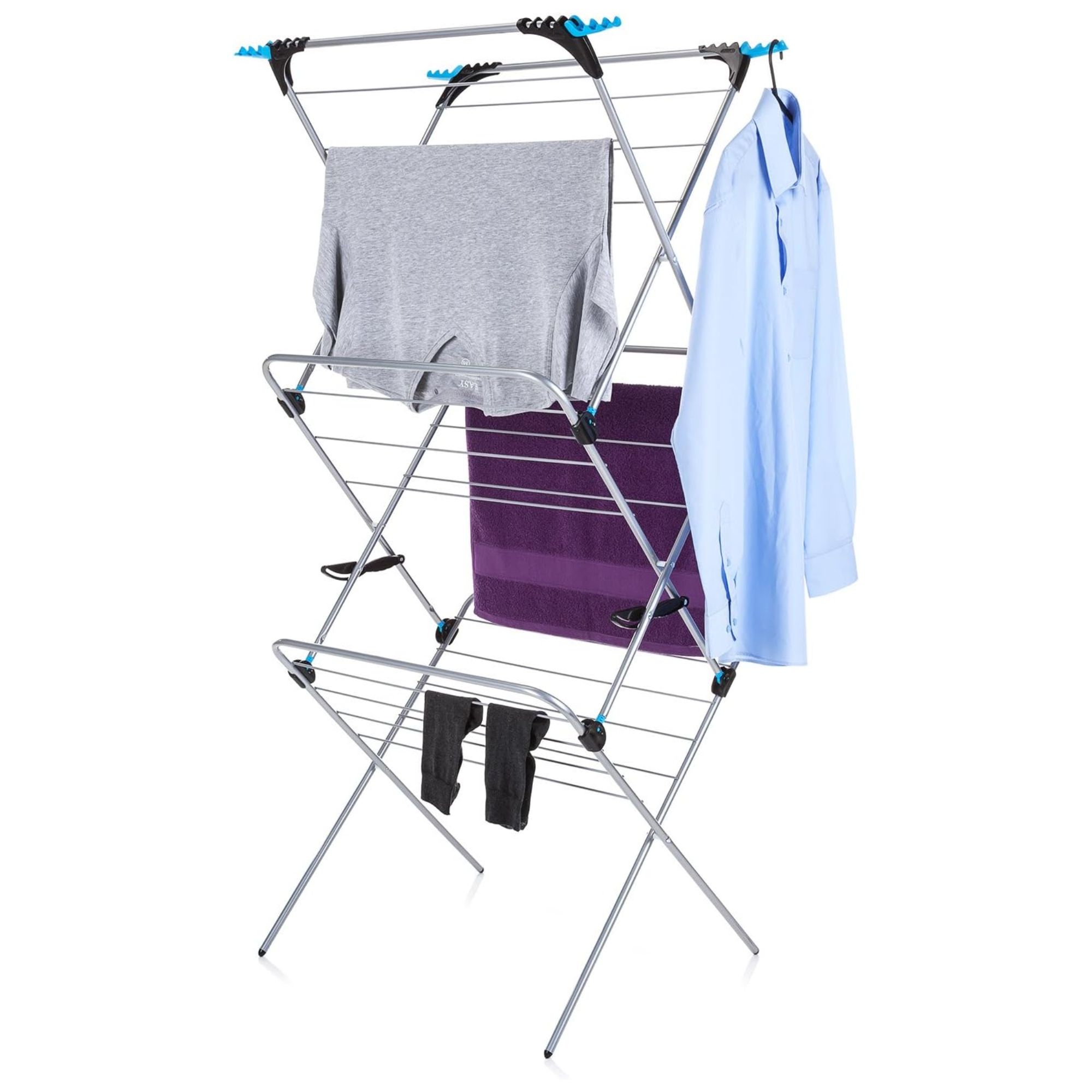
Suitable for use both indoors and outside, this clothes drying rack features an extra strong yet foldable frame, with a lightweight, space-saving design.
Meet our experts

Since starting Juliette, Rechelle has impressively become the youngest female board member of the International Laundry & Drycleaning Institute, and is regarded as one of the most influential leaders in her category.

Tom grew up working in his parents linen and bath store, and has blended his hands-on education with his background in technology to lead multiple luxury home textiles brands, including Fine Linen & Bath, Mulberry Park Silks, and Heritage Park Laundry.
FAQs
Why is my laundry stiff and scratchy?
As Petya Holevich, laundry and textile care expert explains, 'Usually, what makes clothes stiffer in the washing machine is the amount of detergent you're using. If you use too much, it leaves residue in the fibers, making them feel harsh to the touch.' For this reason, use a measuring cup for accurate doses, such as the Laundry detergent cup available at Amazon.
Tom's key takeaway when tackling laundry? 'Read the laundry symbols and follow them.' You can't go too far wrong when doing what is advised on the labels, and, if in doubt, hand wash and air-dry outdoors.
Sign up to the Homes & Gardens newsletter
Design expertise in your inbox – from inspiring decorating ideas and beautiful celebrity homes to practical gardening advice and shopping round-ups.

Ottilie joined Homes & Gardens last year, after finishing a Master's in Magazine Journalism at City, University of London. With previous contributions in Livingetc and Motorsport Magazine, she produces content for the Solved section on the website, focusing on clever tips and tricks to keep your home beautiful, organized and clean. She also has an undergraduate degree in English Literature and History of Art from the University of Edinburgh, where she developed a love for inspiring interiors and architecture.
You must confirm your public display name before commenting
Please logout and then login again, you will then be prompted to enter your display name.
-
 Bathroom colors going out of style in 2025 – and the designer-approved shades to decorate with instead
Bathroom colors going out of style in 2025 – and the designer-approved shades to decorate with insteadThese are the colors to swerve in your bathroom decor if you want to create a stylish and design-led space, according to experts
By Emily Moorman
-
 I swear by the ‘ETC’ method to prevent clutter and save money – my expert-backed checklist is transformative
I swear by the ‘ETC’ method to prevent clutter and save money – my expert-backed checklist is transformativeNow I Edit The Cart and save time, money, and energy
By Chiana Dickson
-
 Engineers reveal the 4 common faults they're always fixing in Shark vacuums – and how you can prevent them from happening
Engineers reveal the 4 common faults they're always fixing in Shark vacuums – and how you can prevent them from happeningThese checks will restore your Shark vacuum to its former glory
By Dan Fauzi
-
 5 things professional cleaners always do to overcome a cleaning roadblock – they're surefire ways to feel 'motivated and clear-headed' experts say
5 things professional cleaners always do to overcome a cleaning roadblock – they're surefire ways to feel 'motivated and clear-headed' experts sayGet your cleaning schedule back on track
By Ottilie Blackhall
-
 Dyson V15 Detect vs Dyson V12 Detect Slim – which is right for your home?
Dyson V15 Detect vs Dyson V12 Detect Slim – which is right for your home?I've spent more than 200 hours testing vacuum cleaners and these two cordless Dysons are my personal favorites
By Dan Fauzi
-
 I've spent over 200 hours testing vacuums and swear by my two Dysons – this is how I properly clean a Dyson vacuum filter for longer-lasting appliances
I've spent over 200 hours testing vacuums and swear by my two Dysons – this is how I properly clean a Dyson vacuum filter for longer-lasting appliancesYour Dyson vacuum will last much longer and clean at its best
By Dan Fauzi
-
 Do cleaning products expire? Professional cleaners warn time could make them ‘less effective, and in some cases, irritating to use’
Do cleaning products expire? Professional cleaners warn time could make them ‘less effective, and in some cases, irritating to use’For the best results, it pays to stay on top of the timeline of your cleaning products
By Chiana Dickson
-
 How to clean a patio – 6 different methods, and when you must use a chemical cleaning agent
How to clean a patio – 6 different methods, and when you must use a chemical cleaning agentFrom manual scrubbing, natural solutions or calling in the pros, industry experts reveal the benefits and considerations of each method
By Andy van Terheyden
-
 5 surprising but brilliant ways to clean with old socks – from perfectly buffing stainless steel to deterring pests naturally and more
5 surprising but brilliant ways to clean with old socks – from perfectly buffing stainless steel to deterring pests naturally and moreTackle dust in tricky corners, clean your mirrors and even banish bad odors with those rogue single socks
By Andy van Terheyden
-
 5 things people with clean upholstery always do – they're simple, quick and oh-so-effective
5 things people with clean upholstery always do – they're simple, quick and oh-so-effectiveEnsure your furnishing looks clean year-round with these expert tips
By Seraphina Di Mizzurati